Carpets vs. Digital Scales: Understanding the Challenges and Solutions
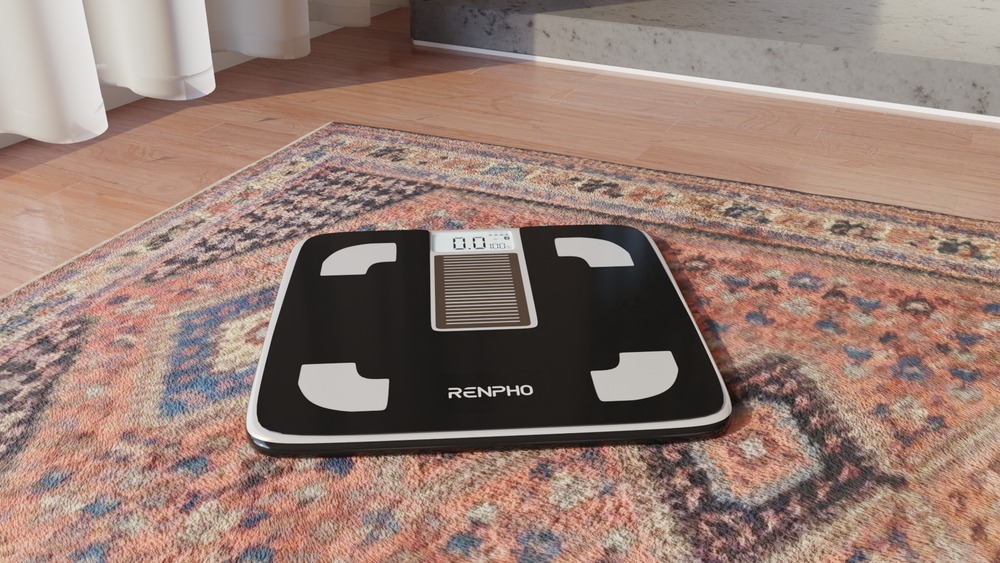
Stay tuned to our latest news
In our ever-changing world, we encounter unforeseen challenges demanding creative solutions. One such example is the conflict between carpets and digital scales.
Carpets have long been used for comfort and aesthetics. On the other hand, digital scales offer precision but struggle to provide accurate measurements when faced with carpets. Fortunately, where there are challenges, there are solutions.
How Does a Digital Scale Work?

First off, a digital scale works by using load cells to measure weight accurately. There are different types of load cells used in digital scales, including strain load cells, pneumatic load cells, hydraulic load cells, and capacitive load cells. These load cells function by converting the force of the weight placed on the scale into an electrical signal. This signal is then converted to a weight measurement, which is displayed digitally.
Moreover, digital scales are more accurate compared to their mechanical counterparts because they are not affected by external factors such as temperature or humidity.
Why Digital Scales Don't Work on Carpets?

While digital scales offer precise measurements, many people have experienced issues when they try to use them on carpets. This can be frustrating for those who prefer to weigh themselves or measure ingredients in the kitchen.
Nevertheless, there are several reasons why digital scales do not perform optimally on carpets. Understanding these reasons can help you find alternative solutions for using your digital scale effectively on a different surface.
- Compressibility: Carpets are soft and compressible, which means that when an object is placed on a carpet, it sinks into the fibers, creating an uneven surface. This compression can affect the accuracy of digital scales, as the weight of the object may not be evenly distributed on the scale's sensors.
- Unevenness: Carpets often have variations in thickness, texture, and density across their surface. These irregularities can cause the scale to tilt or become unstable when an object is placed on it, leading to inaccurate weight measurements.
- Sensor Interference: Digital scales rely on sensors to detect and measure weight. When placed on a carpet, these sensors may not be able to make proper contact with the object being weighed, resulting in unreliable readings. The carpet's fibers can interfere with the sensors' ability to detect the full weight of the object.
- Calibration: Digital scales are typically calibrated to provide accurate measurements on solid, flat surfaces. When used on a carpeted surface, the scale's calibration may not account for the additional variables introduced by the carpet, leading to inaccurate readings.
Why Do You Weigh Less on a Carpet?
When weighing yourself on a carpet, the downward force of your weight gets dispersed across a larger surface area, leading to a decrease in the total weight measured by the scale. This is due to the upward force exerted by the carpet on the scale, causing the load cells in the scale to compress less, therefore registering a lower weight. The soft and flexible nature of the carpet also impacts the accuracy of the weight readings as it creates unstable conditions for the scale to measure accurately.
Bathroom scales are typically placed on hard floors because hard and even surfaces provide a stable and consistent base for the scale to measure weight accurately. When using a scale on a carpet, it can result in unreliable and inconsistent readings due to the factors mentioned above.
How to Get an Accurate Digital Scale Reading on a Carpet?

Getting an accurate digital scale reading on a carpet can be challenging, but there are a few strategies you can try to improve the accuracy:
- Use a hard and flat surface: Place a sturdy and flat board or a piece of plywood on top of the carpet. This provides a stable and even surface for the digital scale. Make sure the board is large enough to accommodate both the scale and the object you want to weigh.
- Weigh on multiple points: Try weighing the object on multiple points on the carpet. Place the scale at different spots and take multiple readings. Then, average the results to get a more accurate estimation of the weight.
- Use a large and evenly distributed base: If your scale has a large base, it can help distribute the weight more evenly, reducing the impact of carpet compression. Ensure that the object you are weighing covers a significant portion of the scale's base.
- Check the scale's calibration: Periodically check and calibrate your digital scale according to the manufacturer's instructions. This ensures that it is providing accurate measurements regardless of the surface on which it is placed.
- Consider alternative weighing surfaces: If precise weight measurements are crucial, consider using a different surface altogether. Place a flat and solid object, such as a cutting board or a piece of tile, on the carpet and then place the scale on top of it. This provides a stable and level surface for accurate readings.
Takeaway
The problem between carpets and digital scales highlights the need for creative solutions in our ever-changing world. While digital scales offer precision, they face challenges when used on carpets.
Digital scales work by using load cells to accurately measure weight. However, carpets pose several obstacles to obtaining accurate readings. Carpets' compressibility and unevenness can lead to weight distribution issues and instability, while the carpet fibers may interfere with the sensors' ability to detect the full weight of an object. Additionally, the calibration of digital scales is typically optimized for solid, flat surfaces, which can result in inaccurate readings on carpets.
To obtain more accurate digital scale readings on carpets, several strategies can be employed. Using a hard and flat surface, such as a board or plywood, can provide stability and evenness. Weighing the object on multiple points and averaging the results can also improve accuracy. A large and evenly distributed base on the scale can help mitigate carpet compression, and regularly checking and calibrating the scale can ensure accurate measurements. Alternatively, using alternative weighing surfaces, such as a flat solid object placed on the carpet, can provide a stable and level surface for precise readings.
By understanding the challenges and employing these strategies, it is possible to obtain more accurate digital scale readings on carpets. This allows individuals to make measurements or weigh objects effectively, even in carpeted environments.
Renpho Health Tips
-
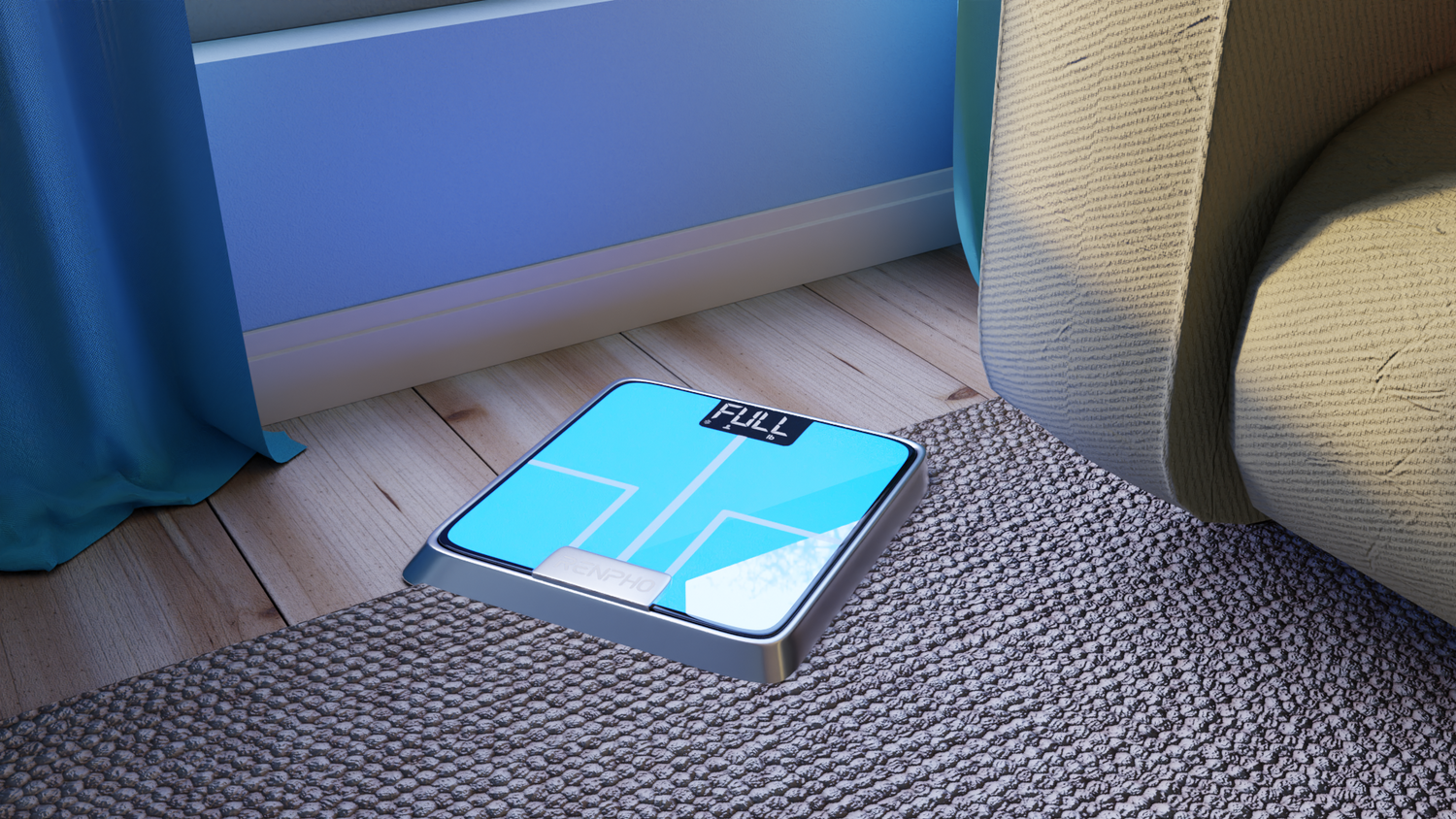
Maxed Out or Malfunctioning? Why Does My Digital Scale Say 'Full'?
February 21, 2024
Read more >
-
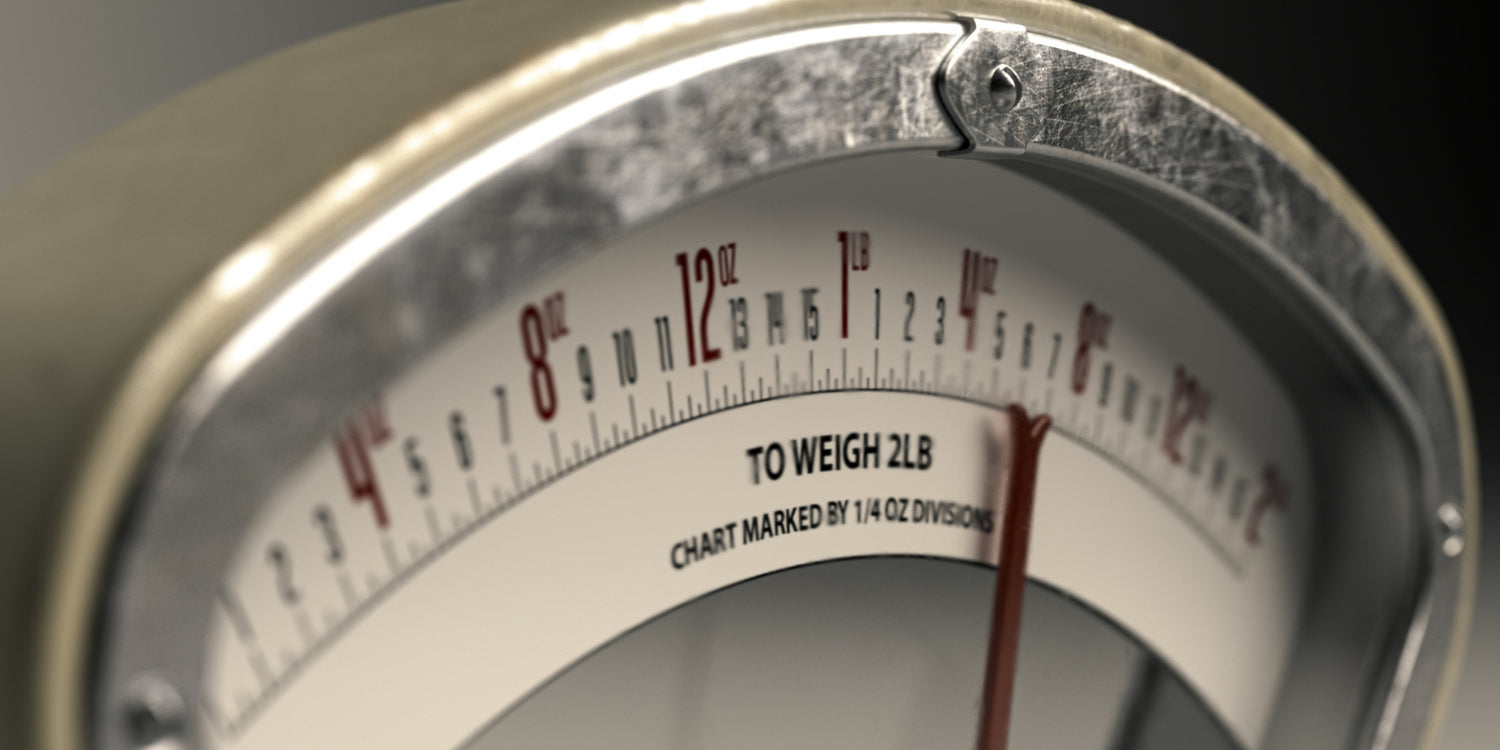
Comparing Precision and Performance: Digital Scale vs Balance for Home Use
February 15, 2024
Read more >
-
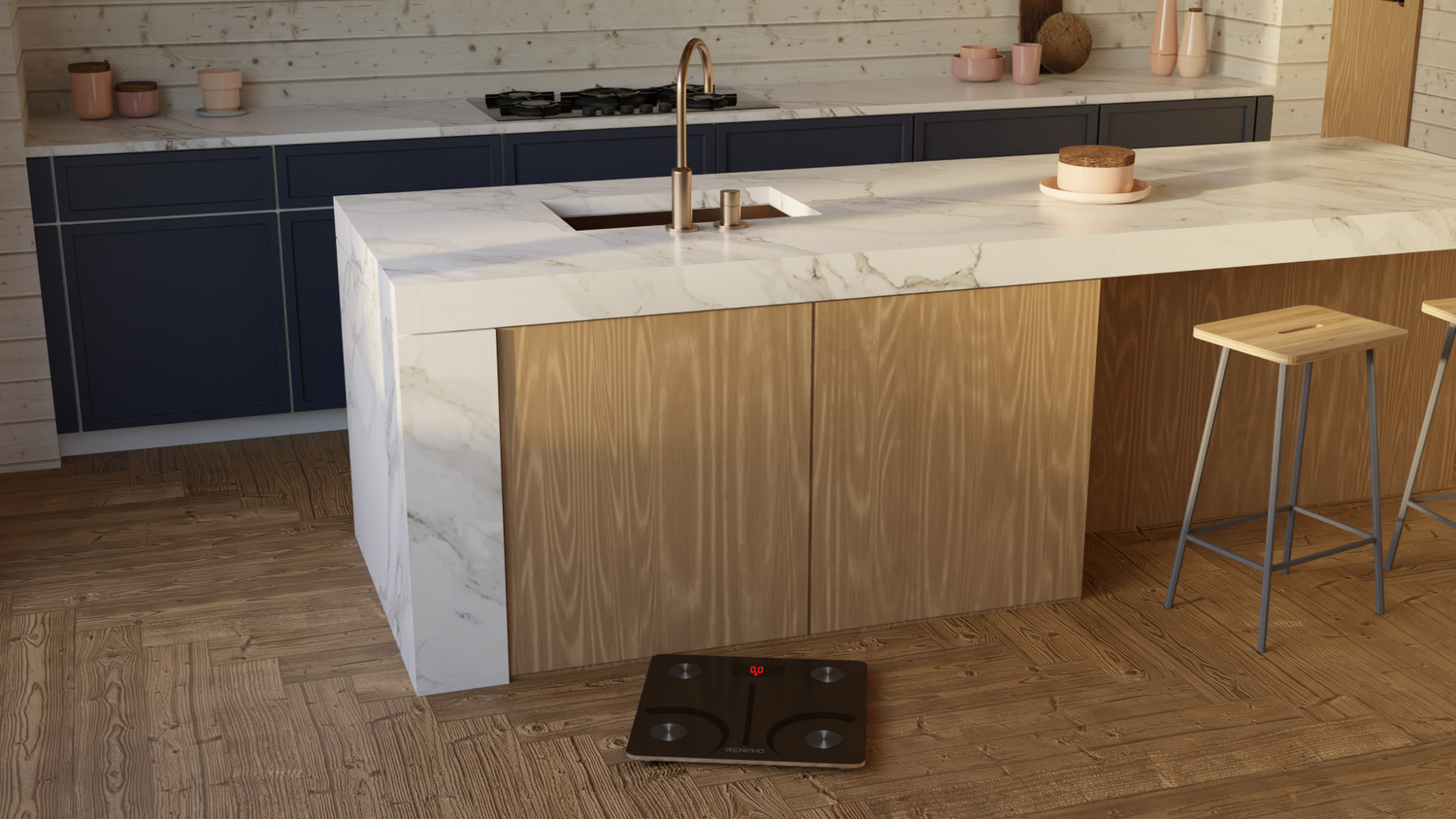
The Hidden Factors: Why Do Digital Scales Fluctuate So Much?
February 6, 2024
Read more >
-
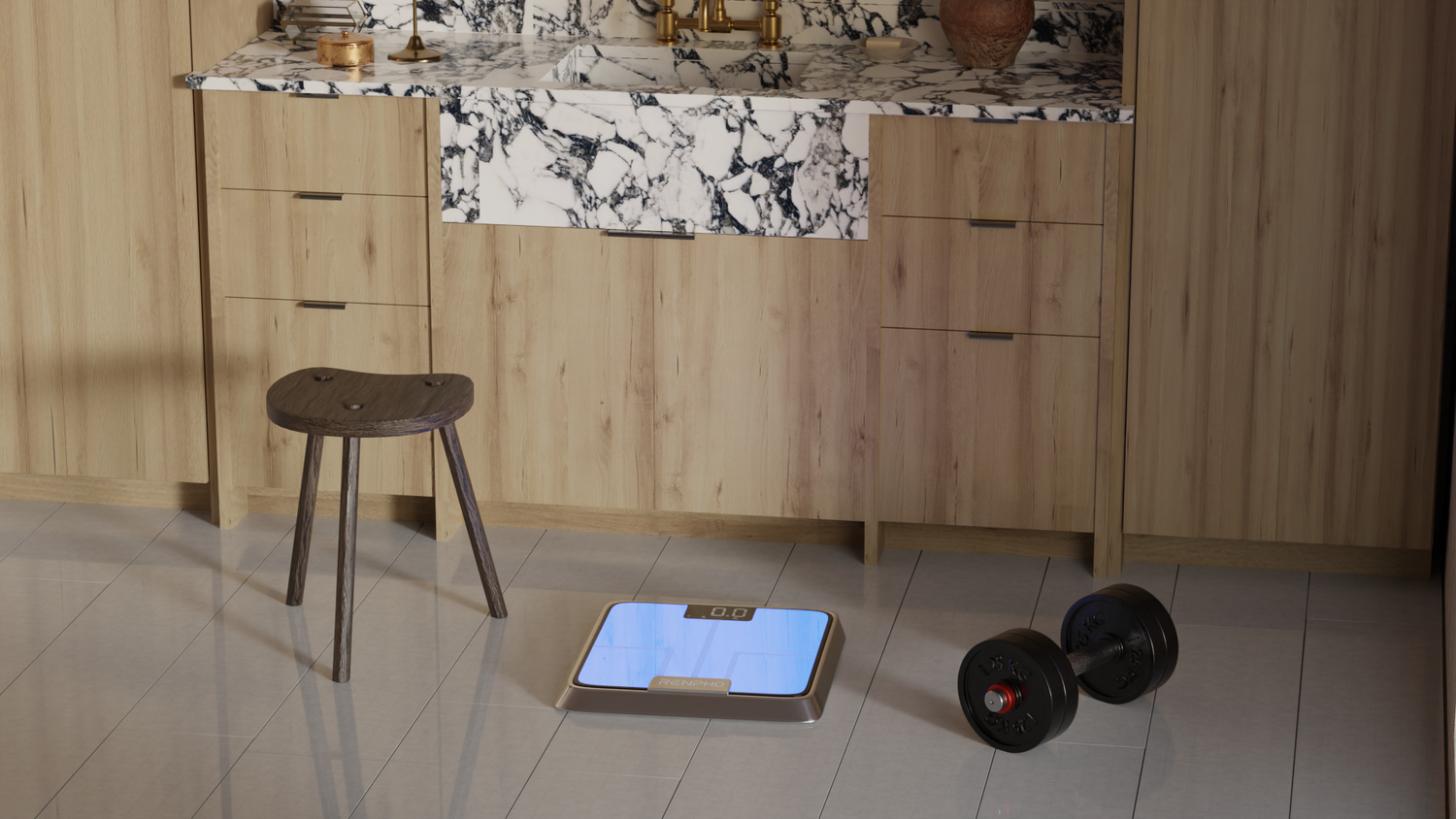
How to Test Your Bathroom Scale for Accuracy
January 29, 2024
Read more >
-
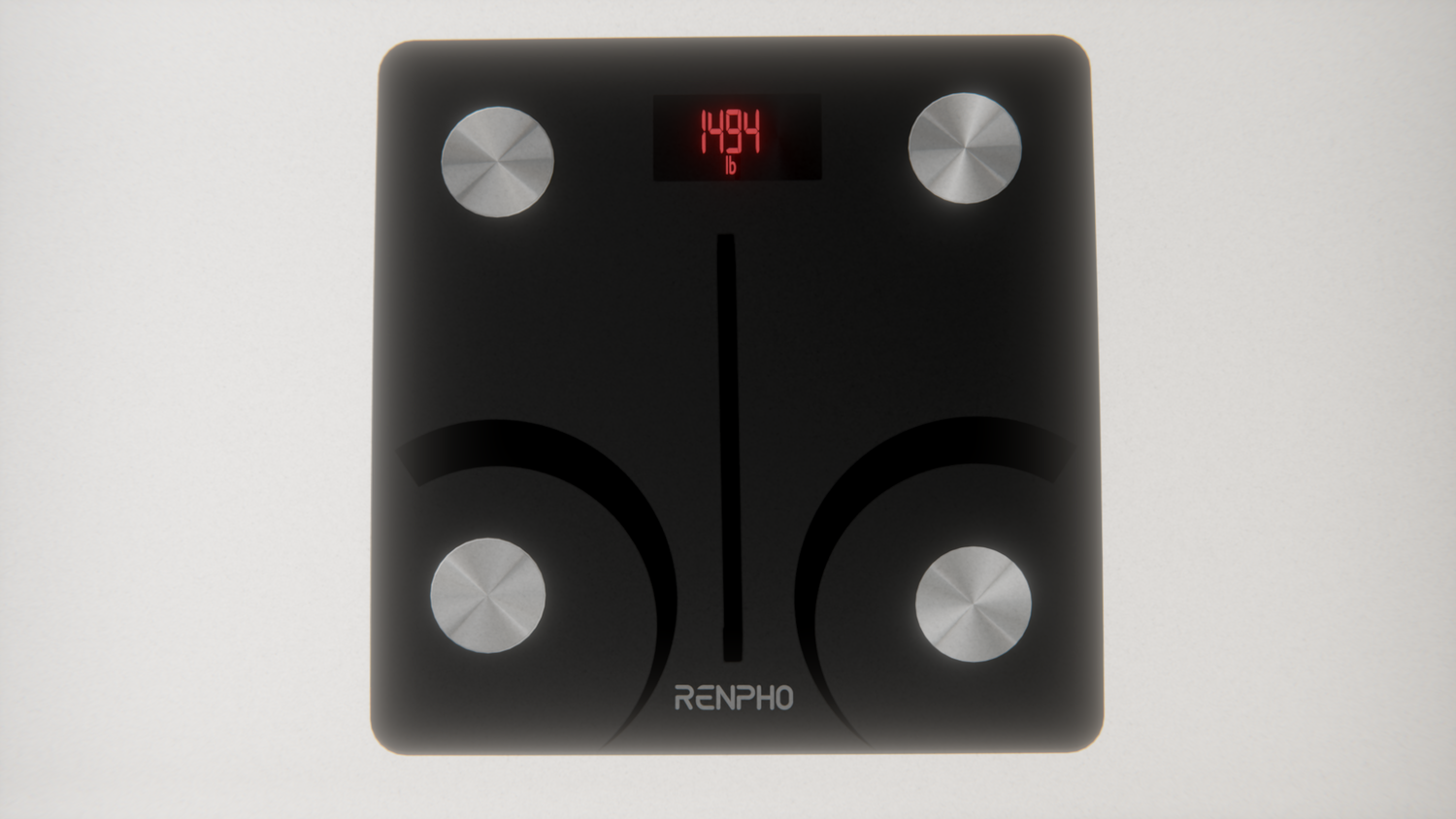
Why You Need a Smart Body Scale in 2024
January 25, 2024
Read more >




